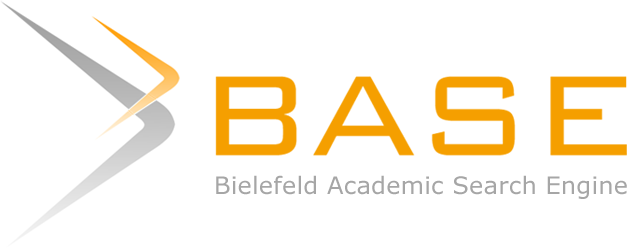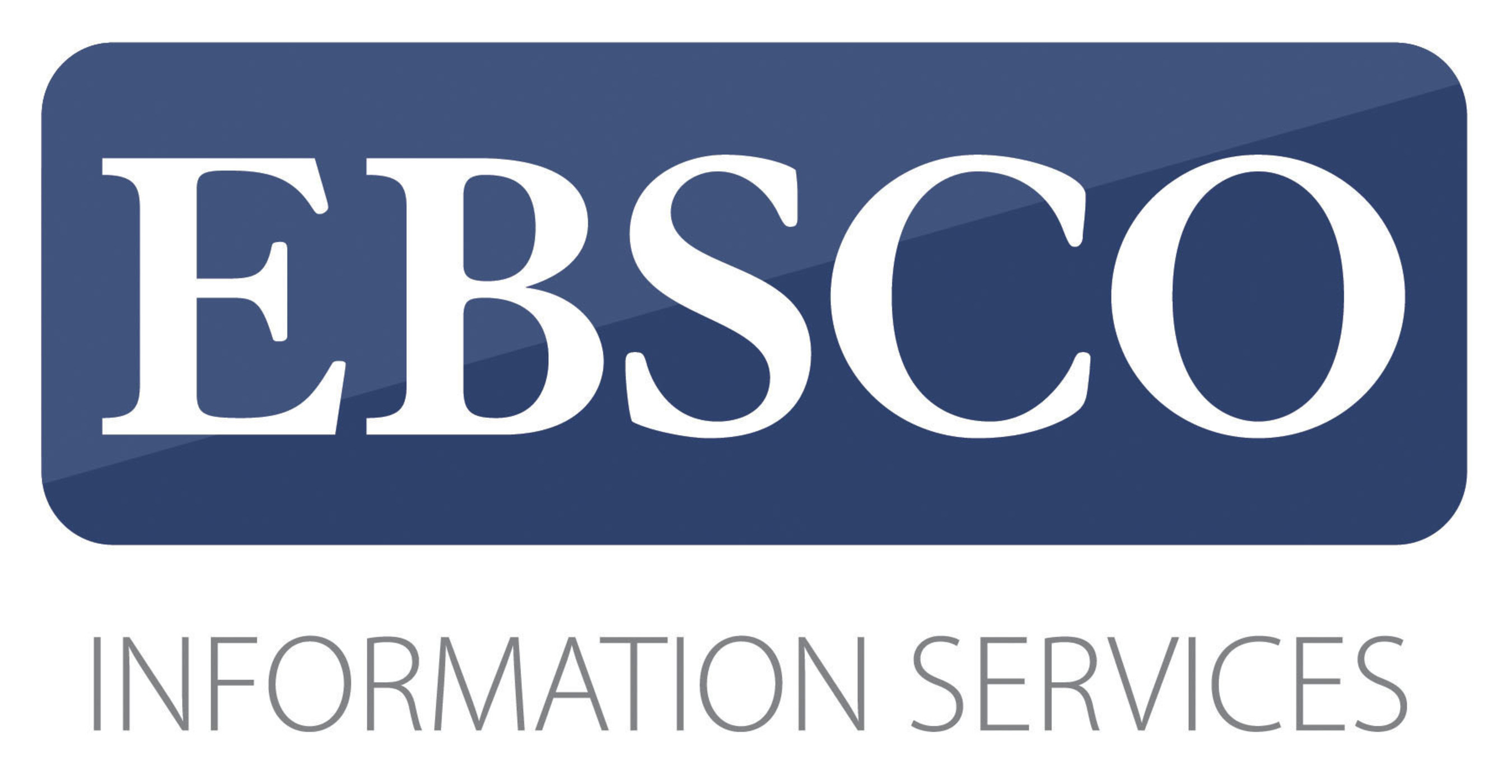1. Global: Jurnal Politik Internasional seeks to publish scholarly manuscripts discussing major theories, concepts and themes on International Relations. As Global seeks to continue publishing original articles, authors should refrain from submitting articles that have been published elsewhere, either in whole or in substantial part, and manuscripts that are concurrently either sent to the other journal publisher or in the process of review by other editorial boards. The scholarly manuscripts may take the form of original research articles (see template for original research articles) as well as critical literature review (see template for critical literature review). Above templates are summarized into the following manuscripts checklist. The following passage may serve as a brief summary of both manuscript templates.
1.a. Original Research Articles
- Title (Capital letters, Times New Roman 12, Bold, Space 1.5, Indent Center)
The title should be clear and concise, consisting of no more than 15 words.
- Abstract (Capital letters, Times New Roman 12, Bold, Justify, First line 1.27cm).
Authors must include abstracts in Indonesian and English for 150-200 words each, and include three to five keywords that are closely related to the substance of the article. Both abstracts and keywords are typed with Times New Roman font, 11-point size, Italic typography, and space 1.0.
- Introduction (Capital letters, Times New Roman 12, Bold, Justify, First line 1.27cm).
Introduction contains general background, problem formulation (derived from the disagreement between empirical reality / "das sein" and ideal / "das sollen" conditions), research gaps (voids resulted from the review of previous studies on the related topic), literature review, research novelty/contribution, the author's main argument, and the purpose of article writing.
- Analytical Framework (Capital letters, Times New Roman 12, Bold, Justify, First line 1.27cm).
It contains theories / concepts / approaches / perspectives / paradigms, etc. which will be used to analyze certain cases or selected topics. The naming of the analytical framework may be adjusted or replaced by the names / terms that reflect the conceptual or theoretical framework to be used (i.e. Compartmentalized Regionalism).
- Research Method (Capital letters, Times New Roman 12, Bold, Justify, First line 1.27cm).
Minimum research method consists of research type, type and source of data, data collection techniques, and data analysis techniques.
- Discussion (Capital letters, Times New Roman 12, Bold, Justify, First line 1.27cm).
This section contains an analysis of the cases / topics which is based on the predefined analytical framework. Discussion is subdivided into categories based on elements / components / variables in the analytical framework. In this section, the author can also add a separate section to discuss additional things which are not included in the previous categories. In this section the author should clearly state the answer to the research question. The first line of the second paragraph and the following paragraphs is written indented.
- Conclusion (Capital letters, Times New Roman 12, Bold, Justify, First line 1.27cm).
The conclusion part does not contain repetitions or fragments described in the previous section of discussion. This section reaffirms the case / issue topics in writing, the arguments and the author's findings in a concise way. In this section, the author presents critical reviews to the analytical framework used in the writing and provides advice on future studies of the related cases / topics.
- Acknowledgement (Capital letters, Times New Roman 12, Bold, Justify, First line 1.27cm).
The author is able to acknowledge contributors who are not eligible for authorship in the acknowledgement section. Such contributors might include: (a) parties who provide financial support (e.g. scholarship, research grant); (b) parties who provide non-authorship assistance (e.g. proofread, consultation, informant) to the author during the writing process of the article.
Example: I sincerely thank (scholarship/research grant/etc.) for providing me with financial support during my study and research. I would also like to express my gratitude to (non-authorship contributors) from (institution name) for their kind technical/consultative assistance.
- Bibliography (Capital letters, Times New Roman 12, Bold, Justify, First line 1.27cm).
Bibliography is written in Times New Roman font, 12 pt., and 1.15 spacing. Each entry of the bibliography uses a 1.25-cm-sized hanging indent. The bibliographic list should have been written in ascendingly alphabetical order of the last name of the authors. References of manuscripts originating from more than one type should be classified according to books, journals, research reports, working papers, seminar papers, newspapers / magazines, official publications, annual reports, articles and other media at the time of initial submission. We recommend using citation devices on References tools in MS Word, Mendeley, Grammarly, or Endnote.
1.b. Critical Literature Review
- Title (Capital letters, Times New Roman 12, Bold, Space 1.5, Indent Center)
The title of the article should be specific and concise with a length of no more than 15 (fifteen) words in maximum two lines. Titles are typed in Times New Roman font, 12 font size, 1.5 spacing, and in capital letters.
- Abstract (Capital letters, Times New Roman 12, Bold, Justify, First line 1.27cm).
Authors must include abstracts in Indonesian and English for 150-200 words each and include three to five keywords that are closely related to the substance of the article. Both abstracts and keywords are typed in Times New Roman font, 11 pt., Italic, and space 1.0.
- Introduction (Capital letters, Times New Roman 12, Bold, Justify, First line 1.27cm).
The introduction contains the description of the topics discussed, the questions related to the topics reviewed in the literature review, the significance of the literature topics in the discipline of International Relations, and the literature review method. The literature review method includes, first, the literature in the study of critical literature justifying inclusion and exclusion of the literature – i.e. (1) disciplinary coverage (inserting only the literature on International Relations or multidisciplinary); (2) the theoretical limitations or concepts used for selecting literature; (3) periodization of time and other categorizations. Secondly, the amount of literature used and how to collect and organize the literature.
- Discussion (Capital letters, Times New Roman 12, Bold, Justify, First line 1.27cm).
This section contains major themes in the literature, consensus and debates in the literature, as well as the current literary gap and how they can be fit into subsequent studies. In this section the author should clearly state the answer to the question posed in the introduction.
- Conclusion (Capital letters, Times New Roman 12, Bold, Justify, First line 1.27cm).
The conclusion part does not contain repetitions or fragments from the discussion section. This section reaffirms the topic reviewed in the writing and summaries of both the main points of in-depth review and the reflection of the article. The first line of the second paragraph and the following paragraphs is written indented
- Acknowledgement (Capital letters, Times New Roman 12, Bold, Justify, First line 1.27cm).
The author is able to acknowledge contributors who are not eligible for authorship in the acknowledgement section. Such contributors might include: (a) parties who provide financial support (e.g. scholarship, research grant); (b) parties who provide non-authorship assistance (e.g. proofread, consultation, informant) to the author during the writing process of the article.
Example: I sincerely thank (scholarship/research grant/etc.) for providing me with financial support during my study and research. I would also like to express my gratitude to (non-authorship contributors) from (institution name) for their kind technical/consultative assistance.
- Bibliography (Capital letters, Times New Roman 12, Bold, Justify, First line 1.27cm).
Bibliography is written in Times New Roman font, 12 pt., and 1.15 spacing. Each entry of the bibliography uses a 1.25-cm-sized hanging indent. The bibliographic list should have been written in ascendingly alphabetical order of the last name of the authors. References of manuscripts originating from more than one type should be classified according to books, journals, research reports, working papers, seminar papers, newspapers / magazines, official publications, annual reports, articles and other media at the time of initial submission. We recommend using citation devices on References tools in MS Word, Mendeley, Grammarly, or Endnote.
2. Article body is written in 5000-7000 words, Times New Roman 12 pt., 1.5 spacing, on A4 size paper (upper, left, right and bottom margin arrangements of 3.0 cm), in Microsoft Word (doc or .docx) or Rich Text Format (.rtf ).
3. The author is expected to include full name, affiliation (department and university, for example: Department of International Relations, University of Indonesia), and telephone or email in the Message for Editor column on the submission page.
4. The author should outline his/her article systematically. See the specified manuscript template for original research article and critical literature review.
5. The author should use American Psychological Association (APA) referencing style. The author has to quote Global: Jurnal Politik Internasional with a minimum of 5 quotations/required citations. Direct or in-text reference in the body of the article with the following conditions.
- If the author is quoted directly in the body of the text and be part of the sentence, the author's last name is written followed by the year of publication set in parentheses. At the end of the sentence, the page used is also written in brackets. See the example:
Van Klinken (2007, p.21) argues, "...".
- If the author's name is not mentioned, put the author's last name, publishing year and page quoted in parentheses. See the example:
Further, another opinion says, "...," (van Klinken 2007, p.16).
- When citing the opinion of two or more sources written by one or more persons, include the author's last name and the year of publication in order of the year of issue and included in parentheses. See the example:
(Mearsheimer 2001, pp. 200, 2002, p.34)
- If the source of the reference is written by two authors and quoted directly in the body of the text and is part of the sentence, the last names of both authors is written followed by the year of publication set in parentheses. At the end of the sentence, the page used is also written in brackets. See the example:
Barnett and Finnemore (2004, page 21) argue that, "...".
- If the reference source is written by two authors and quoted indirectly in the body of writing, the last names of the authors, the publication year and the quoted page are written in parentheses at the end of the sentence. See the example:
Others argue that international organizations function more than just state instruments (Barnett and Finnemore 2004, page 21).
6. Articles must be written in English using the standard spelling of British English.
7. All manuscripts are reviewed anonymously by the peer-reviewers having related field of competence which are appointed by the editorial board (see our policies). Authors are given the opportunity to improve the manuscript quality based on the recommendations and comments from reviewers and/or the editorial boards. The decisions to accept or reject the manuscript shall be notified further on the systems and via email.
8. For more details and related questions regarding our Call for Papers, prospective author should reach the editorial boards at global@ui.ac.id or access to our site at scholarhub.ui.ac.id/global/
9. Authors are advised to use the Turnitin or similar plagiarism check to check the originality (making sure that the paper contains least similarity and therefore free of plagiarism conduct) before sending the manuscript to the editor.
10. Authors are required to submit articles through the Digital Commons system.

















